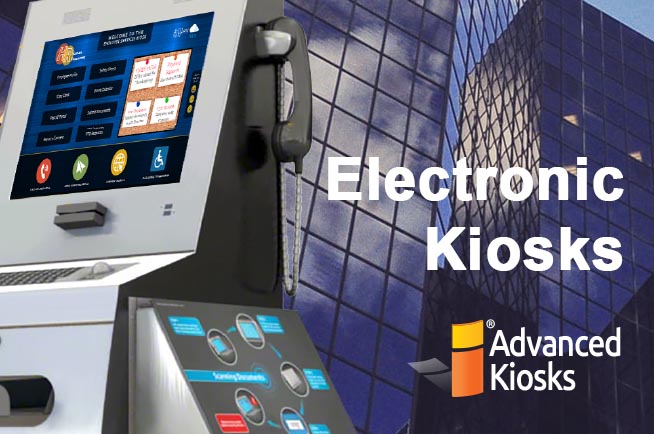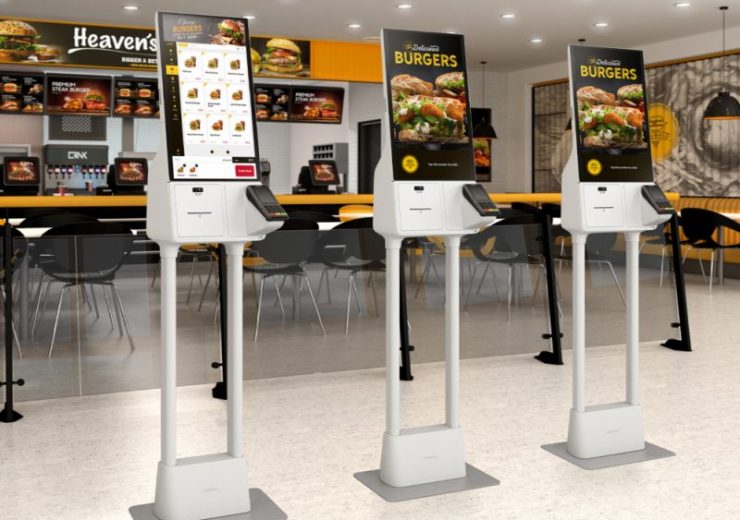
Published Jan 13, 2023By: John Dittig
Self-service technology has been around for ages: think ATMs, bridal registries and pay-at-the-pump gas station terminals. Today, self-service is woven into the fabric of consumerism and is an increasingly important part of many verticals’ paths to digital transformation. From restaurants to retail, arenas to museums, brands across the board are embracing kiosk trends to reinvent the customer experience.
One reason for this shift is an ongoing labor shortage that spans several industries — particularly retail, restaurants and hospitality. In such a tight labor market, many operators simply can’t find enough workers to meet demand. This meant wage hikes to attract employees, which are difficult for small and mid-sized companies to bear. As a result, kiosk trends are on the rise.
Solutions like Samsung Kiosk can play a key role in business operations, from increasing profitability to meeting customer demand for convenience and personalization.
Self-service technology is functional and profitable
Self-service kiosks address the labor issue head-on in a reasonable, affordable way. First, it reduces or eliminates the need for cashiers, which immediately saves on labor costs and frees up workers to perform other guest-facing duties such as assisting customers or cleaning. All front-of-house employees can relate to the struggle of trying to clean the store while also checking out customers. With kiosks, that’s not a problem.
The rise of self-service — and how it’s reinventing customer service – Samsung Business Insights

